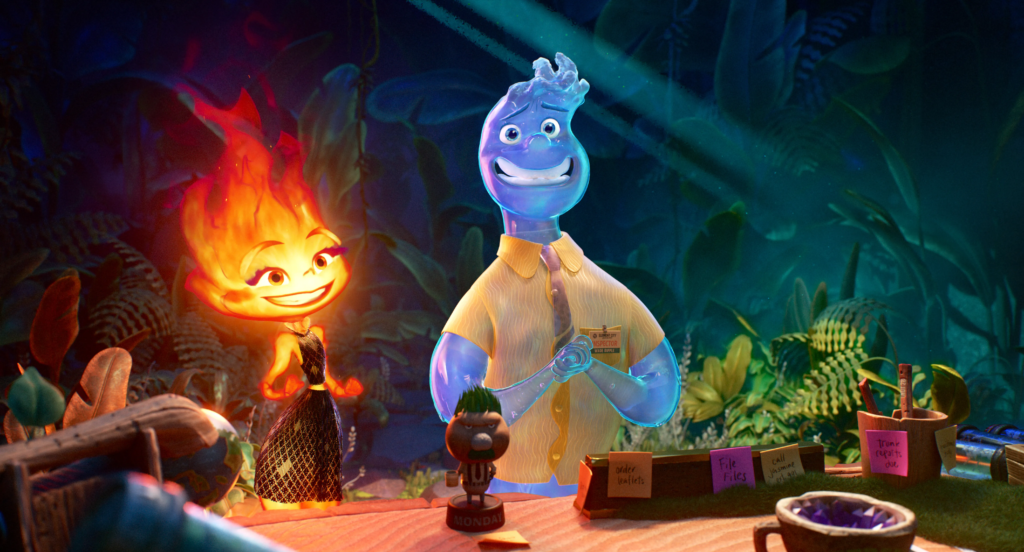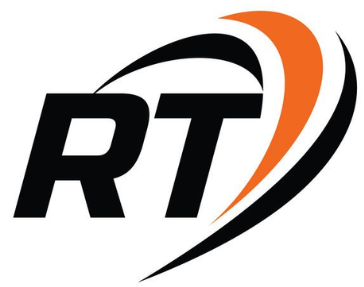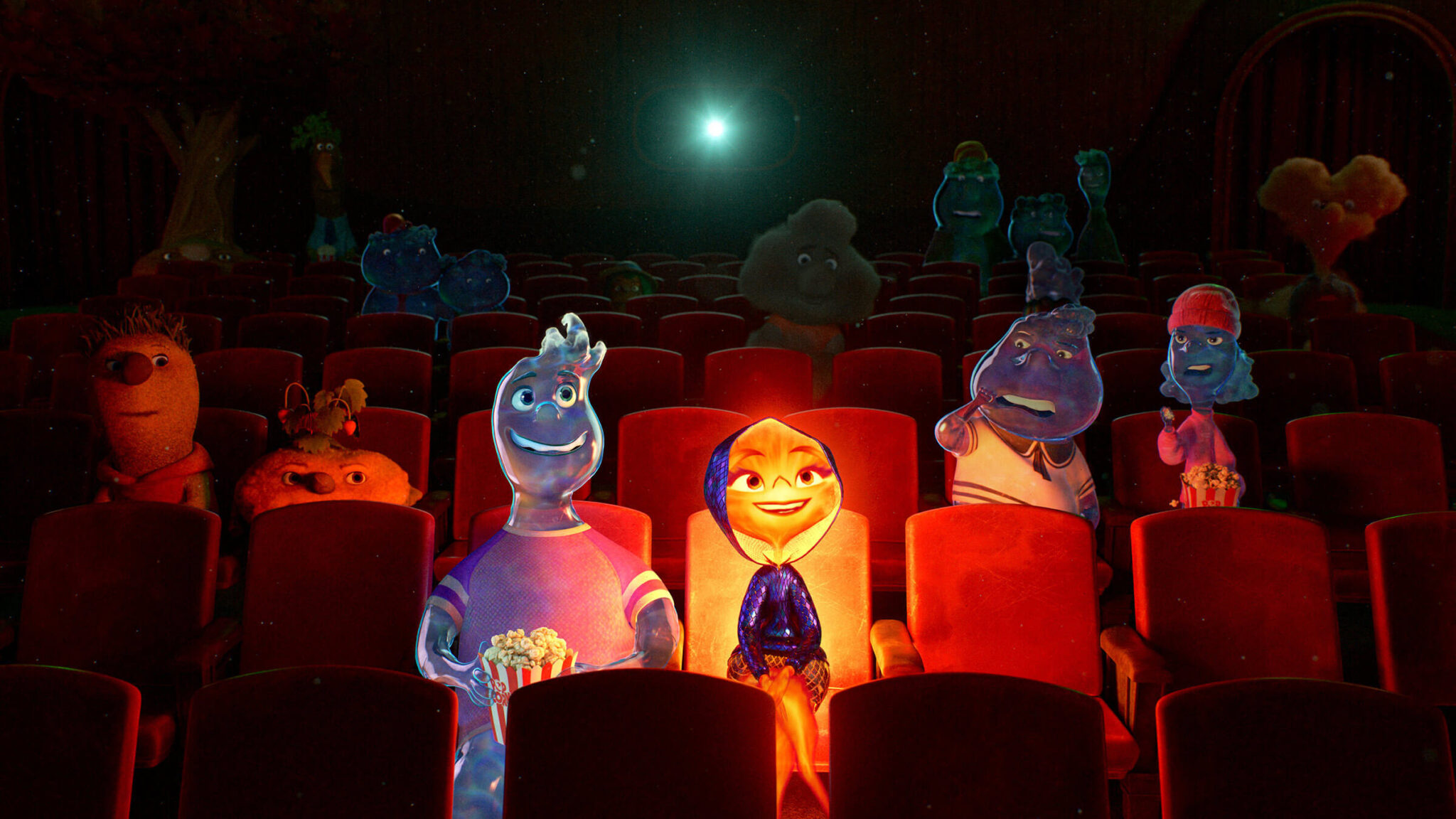From ancient myths and legends to modern day fantasy, the concept of elemental races has captured the imagination of storytellers and audiences alike. These beings, often depicted as powerful and mystical creatures with control over the elements of nature, have been a staple in literature, art, and most notably, cinema. The allure of elemental races in film is undeniable, as they bring a sense of wonder, magic, and adventure to the big screen. In this blog post, we will delve into the world of elemental races in movies, exploring their portrayal, significance, and evolution in cinematic narratives.
The Allure of Elemental Beings in Film
The idea of beings with control over the elements has been present in human culture for centuries. From the Greek gods of wind, water, fire, and earth, to the spirits of nature in Native American folklore, the concept of elemental powers has always held a special place in our collective consciousness. It is no surprise then, that filmmakers have been drawn to these mythical creatures, using them to add depth and intrigue to their stories.
One of the main reasons for the allure of elemental beings in film is their ability to tap into our primal instincts and emotions. The elements of nature – fire, water, earth, and air – are essential to our survival, and therefore hold a certain power over us. When these elements are personified in the form of beings with supernatural abilities, it creates a sense of awe and fascination. This is evident in the success of movies such as “Avatar” and “The Lord of the Rings”, which feature elemental races as central characters.
Unveiling the Magic of Elemental Powers
In cinema, elemental races are often portrayed as guardians or protectors of the natural world. They possess immense power and wisdom, and are tasked with maintaining balance and harmony in their respective realms. Their abilities are not limited to controlling the elements, but also include healing, shape-shifting, and telepathy. This combination of magical powers makes them both mysterious and alluring to audiences.
One of the most iconic examples of elemental powers in film is the character of Elsa from Disney’s “Frozen”. She has the ability to control ice and snow, and her journey to embrace and harness her powers is a central theme in the movie. Her struggles with self-acceptance and fear of hurting others with her abilities are relatable to many, making her a beloved and powerful representation of an elemental being on screen.
Portrayals of Elemental Races in Cinema
The portrayal of elemental races in cinema has evolved over time, reflecting the changing attitudes and beliefs of society. In the early days of cinema, these beings were often depicted as mystical and otherworldly, with little depth or complexity to their characters. However, as storytelling techniques and special effects advanced, so did the portrayal of elemental races.
In recent years, there has been a shift towards more nuanced and diverse representations of these beings. They are no longer limited to traditional depictions of fairies, elves, or mermaids, but can be found in various forms and cultures. For example, the movie “Moana” features the demigod Maui, who has control over the elements of wind and sea, and is based on Polynesian mythology. This expansion of the concept of elemental races allows for a wider range of stories and perspectives to be explored in cinema.
Elemental Guardians: Their Role in Cinematic Narratives

Elemental races not only add a sense of wonder and magic to films, but also serve important roles in the narrative. As guardians of nature, they often act as guides or mentors to the main characters, helping them on their journey and imparting wisdom and knowledge. They also serve as symbols of the natural world, representing the forces of good and evil, and the consequences of human actions on the environment.
The Cosmic Symphony of Elemental Races
In many films, elemental races are not just individual beings, but part of a larger cosmic order. They are connected to each other and to the elements they control, forming a symphony of balance and harmony. This is evident in movies such as “The Fifth Element” and “Thor”, where the elements are integral to the plot and the relationships between characters.
The use of elemental races in this way adds a layer of depth and complexity to the story, as it explores the interconnectedness of all things in the universe. It also highlights the importance of maintaining balance and respecting the natural world, themes that are becoming increasingly relevant in today’s society.
Elemental Conflicts: Clash of Wills and Natures
While elemental races are often portrayed as peaceful and wise beings, they are not immune to conflict. In fact, their powers and responsibilities make them prime targets for those seeking to exploit or control them. This leads to clashes between different races, as well as internal conflicts within individuals struggling to come to terms with their abilities.
One example of this is the character of Storm from the X-Men franchise. As a mutant with the ability to control weather, she constantly battles with her own emotions and the expectations of others. Her struggle to find her place in the world and embrace her powers mirrors the challenges faced by many marginalized groups in society, making her a relatable and powerful representation of an elemental being.
Harnessing Elemental Powers for Good and Evil
As with any form of power, the abilities of elemental races can be used for both good and evil purposes. This duality is often explored in films, as characters must navigate the temptation and consequences of using their powers for personal gain. This adds a moral complexity to the story, as the line between right and wrong becomes blurred.
In the movie “Fantastic Beasts and Where to Find Them”, the character of Newt Scamander has a deep connection with magical creatures, including those with elemental powers. He must use his knowledge and abilities to protect these creatures from those who seek to harm them, while also facing the consequences of breaking wizarding laws. This highlights the responsibility that comes with having power, and the importance of using it for the greater good.
The Evolution of Elemental Races in Filmmaking

The depiction of elemental races in cinema has come a long way since its early days. With advancements in technology and storytelling techniques, filmmakers are able to bring these beings to life in more realistic and captivating ways. However, the evolution of elemental races in filmmaking goes beyond just visual effects.
As society becomes more diverse and inclusive, so does the representation of elemental races on screen. They are no longer limited to being portrayed as white, European characters, but can be found in various cultures and ethnicities. This allows for a wider range of stories and perspectives to be explored, making cinema more representative and relatable to audiences.
Elemental Legacies: Impact on Cinema and Beyond
The impact of elemental races in cinema goes beyond just entertainment. These beings have become an integral part of popular culture, inspiring fan art, merchandise, and even real-life practices. For example, the popularity of the “Avatar” franchise has led to the creation of a real-life Na’vi language, used by fans and linguists alike.
Moreover, the themes and messages conveyed through the portrayal of elemental races in film have a lasting impact on society. They often serve as allegories for real-world issues such as environmentalism, discrimination, and the abuse of power. By bringing these issues to light in a fantastical setting, films featuring elemental races have the power to spark important conversations and inspire change.
Conclusion
In conclusion, the allure of elemental races in film is undeniable. From their mystical powers and connections to nature, to their role in cinematic narratives and impact on society, these beings continue to capture our imagination and fascination. As cinema continues to evolve and diversify, we can only expect to see more diverse and complex depictions of elemental races, further cementing their place in the world of storytelling.
Read more blogs : Nocturnal Vomiting in Dogs: An Overview

